By Dr. R. Balasubramaniam
The last couple of weeks has seen discussions around the vaccine for COVID and whether they are safe and effective. While each person is entitled to his or her own view, it can indeed be confusing listening to the several experts and political commentators about this issue. From calling it the BJP vaccine, to expressing concerns on one of the vaccines being hastily approved for emergency use, one is unsure how the citizens of the country will respond.
Most of the people alive today have grown up in times when vaccines have become an inseparable part of our life. From the tetanus shots given to the mother even before one is born, to the primary immunisation provided to all new-born infants against vaccine preventable diseases, we have come to accept vaccines as part of our lifestyle. Countries like India have developed enormous expertise in delivering immunisation programmes to millions of people across the country with a great degree of success. Our public health systems are embedded with the capacity, the intent, the wherewithal and the resources to ensure that the programme is delivered successfully while ensuring adequate safety of the recipients and maintenance of the required cold chain processes.
What is a vaccine and how does it work?
Vaccines contain weakened or inactive parts of a particular organism (antigen) that triggers an immune response within the body. Administering the vaccine will not cause the disease in the person receiving it, but will prompt their immune system to have an antibody response against the disease causing organism. Some vaccines require multiple doses, given weeks or months apart. This is sometimes needed to allow for the production of long-lived antibodies and development of memory cells. In this way, the body is trained to fight the specific disease-causing organism, building up memory of the pathogen so as to rapidly fight it, if and when exposed in the future.
There are three major elements that one must keep in mind when a new vaccine is released for use. The first is the safety factor. Vaccines have to be safe with no serious side effects. The next critical factor is the efficacy of the vaccine in actually preventing the disease if a person is exposed to the causative organism (Coronavirus in this case). One has to assess the percentage of protection in the population vaccinated, and the degree of severity in cases where a vaccinated person actually contracts the disease. The third important consideration is the longevity of the protection that a vaccine affords a person. In the case of the Coronavirus, one hopes that vaccinated persons are protected long enough for either herd immunity to develop in the entire population or for the transmissibility of the virus to fall with the decrease in the number of people getting infected. All this is understood and documented by the three phases of the trials for the vaccine.
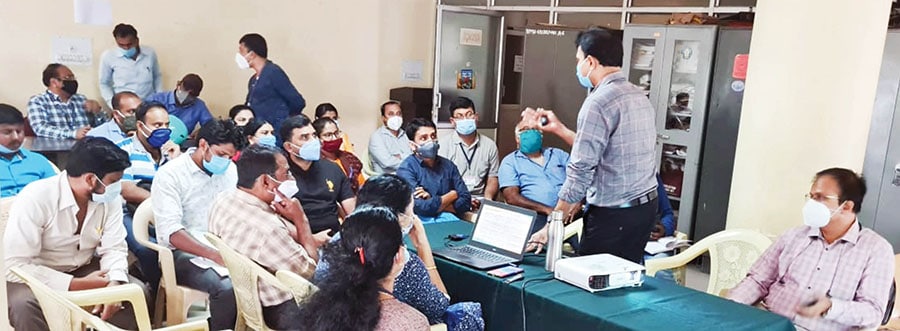
The herculean task ahead
Amidst all the scientific and political debate that is raging, one should not lose sight of the fact that the public health system is fully geared up to ensure that all Indian citizens over time are vaccinated at State expense. Running the world’s largest vaccination programme in such a short time is easier said than done for the Health Ministry. Apart from the production, procurement and distribution of vaccines across the country; getting the support of other related Ministries; working with State Governments who are vested with the Constitutional mandate to provide health services; managing the private stakeholders and their vested financial interests; convincing skeptical citizenry and managing the politics of the situation is indeed a challenge and a nightmare. While the norm is to criticise when things go wrong and operate with trust deficit in public systems, one cannot but appreciate the fact that India’s public health system has not only worked overtime to prepare itself but has also begun to deliver.
High-level coordination at the National, State and District-levels had to be established. Nineteen Ministries at National-level, twenty-three Departments at State and District and numerous developmental partners were involved in planning the COVID-19 vaccination programme. The success of the programme is largely dependent on the quality of training conducted for enumerators for beneficiary listing, health functionaries for vaccination activities, social mobilisers for all mobilisation activities and communication training for all workers involved in the process. All this had to be done in severely condensed time frames and dry runs were undertaken across the country to ascertain that the processes actually worked.
Considering the importance of health care and frontline workers in the fight against COVID-19, vaccine had to be offered to them first. Next in priority are the population above 50 years of age, followed by population below 50 years of age with associated comorbidities based on the evolving pandemic situation, and finally the remaining population based on the disease epidemiology and vaccine availability. The latest electoral roll for the Lok Sabha and Legislative Assembly elections is being used to identify the population and their age. The COVID-19 Vaccine Intelligence Network (CoWIN) system is a digital platform that has been prepared to track the enlisted beneficiaries for vaccination and COVID-19 vaccines on a real-time basis. At the vaccination site, only pre-registered beneficiaries will be vaccinated as per the prioritisation outlined. Each vaccination site is expected to vaccinate not more than a hundred people a day and once a person receives the jab, he or she will be kept in a observation room for 30 minutes. This is to ensure an immediate medical response in the unlikely event of an adverse reaction (expected in a very small number of people with pre-existing allergies).
Safety precautions, including infection prevention and control practices, safe injection practices and waste disposal, will be followed during the vaccination sessions. As large population groups will be vaccinated over a short period with a new vaccine, monitoring the safety of these vaccines will also be critical. This will involve post-vaccination tracking and follow up.
Requirements for management of the cold chain for COVID-19 vaccination will vary depending on the type of COVID-19 vaccine, as different vaccines have different storage temperature ranges. Cold chain assessments and gap analysis have been completed, and there are plans in place for supplying additional cold chain equipment where required. Key communication and demand generation strategies have been planned at the National, State, District and Sub-District-levels. Key areas being addressed in the communication plan include information on COVID-19 vaccine, vaccine eagerness, vaccine hesitancy and COVID-19 appropriate behaviour.
While the debate rages on, what matters is the quiet confidence with which the public health system has geared itself up for the occasion. From manufacturing the vaccines locally, to distributing it with cold chain maintenance, identifying the priority list of recipients, to meeting the costs — it is a complex and herculean task. It speaks to the credit of the thousands of men and women who have been working day and night to make this happen. The least that we the citizens can do is to appreciate their hard work and say a silent prayer for their continued welfare. And trust the system by taking the vaccine when our turn comes.
[Dr. R. Balasubramaniam, Founder of Swami Vivekananda Youth Movement and GRAAM, is a public policy advocate and development activist. He is a visiting professor at Cornell University and IIT-Delhi. He can be reached at [email protected]]



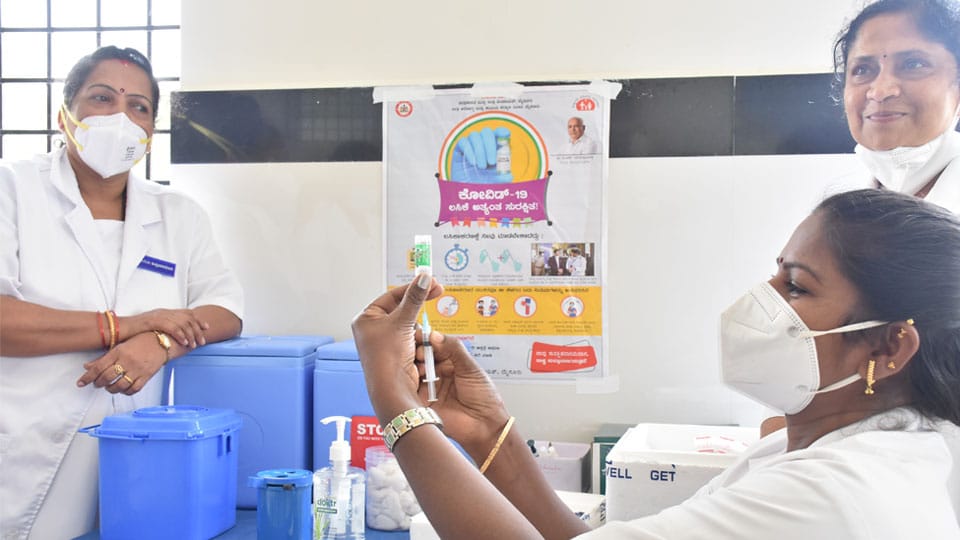
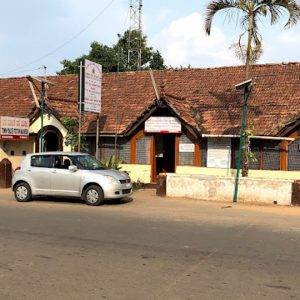
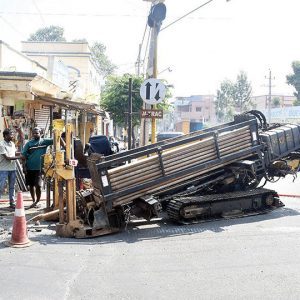

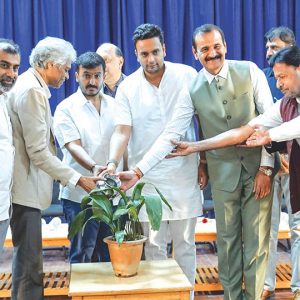
Recent Comments